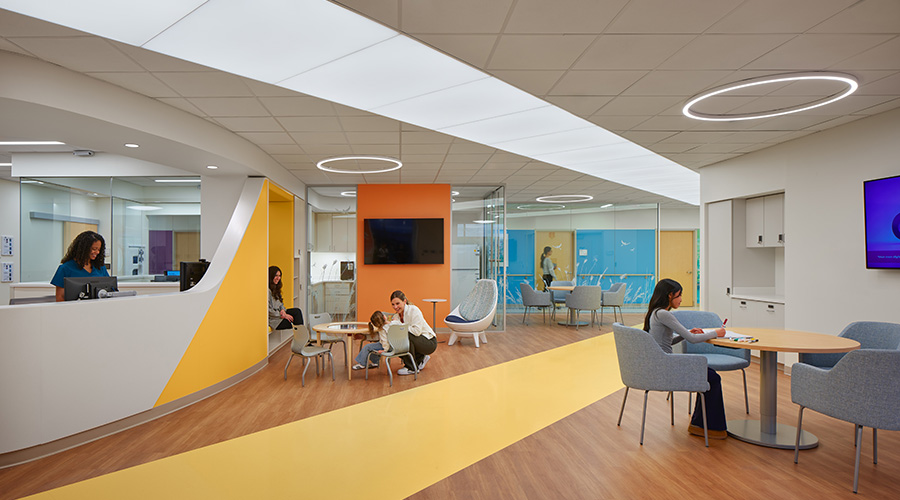As threats to healthcare facilities grow more complex and unpredictable — ranging from cyberattacks to natural disasters — resilience has become a critical priority. But resilience in practice looks much different than written plans and procedures.
Healthcare Facilities Today spoke with Jon Crosson, director of health sector resilience at Health-ISAC, on what makes a solid resiliency program for healthcare facilities, the importance of real-time information sharing and how healthcare facility managers can use partnerships to improve response and recovery efforts.
Healthcare Facilities Today: What are the fundamental elements of healthcare facility resiliency across different types of threats?
Jon Crosson: The backbone of any solid resilience program is a well thought-out and actionable plan. That plan should clearly answer the five Ws and H: who, what, when, where, why and how when it comes to identifying, preventing and responding to threats that could impact organizational stability.
A strong resilience program also needs a solid threat-assessment process, which starts with a deep initial evaluation and continues with ongoing monitoring, analysis and reporting. The best threat assessments don’t just focus on known risks. They also consider potential future threats so that the organization can stay ahead of the curve. Now, the threat assessment process shouldn’t operate in a vacuum. It needs to inform and also be informed of all other aspects of the resilience plan.
For example, when an organization activates its response plan, it will gain valuable insights from real-world situations. These lessons should be fed back into the threat assessment strategy to keep it sharp and effective. Having a plan is essential, but that’s just the starting point. That plan needs to be put into action when the time comes.
Related Content: How Healthcare Facilities Can Prepare for All Types of Emergencies
That means employees must be trained, prepared and supported so they can respond quickly and effectively when something does happen. They should feel confident in reporting incidents and initiating response measures without hesitation or any fear of repercussions. The best way to ensure this is ongoing training and a company culture that encourages readiness and decisive action from the leadership on down.
Lastly, resilience isn’t just a one and done effort. The program needs to be continuously updated and improved as new threats emerge and as the organization gains experience dealing with disruptions. Staying adaptable is the key to long-term resilience.
HFT: Why is real-time information sharing critical for healthcare facilities resilience?
Crosson: Sharing information in real time is crucial because cyber threats move fast. Once attackers find a method that works, they don’t waste any time. They quickly reuse it to attack other organizations. So staying ahead means keeping the lines of communication open and also sharing intelligence about those threats.
Information Sharing and Analysis Centers act as an early-warning system for new and emerging threats. They give organizations a chance to learn from each other, exchange best practices and also implement proven strategies to counter attacks before they can cause serious damage.
HFT: How can healthcare facility managers effectively work with external agencies and organizations to bolster their facilities’ resilience?
Crosson: Your strong partnerships are key to staying resilient and handling disruptions effectively. That’s why it’s so important to connect with external agencies before an emergency happens.
Take hospitals as an example. Building relationships with local law enforcement and emergency management teams can make a huge difference when a crisis hits. Having those established relationships beforehand is important.
These connections can improve communication strength, physical security, cybersecurity and even help with regulatory compliance. During a response, one of the best ways to reinforce these partnerships is regular joint training and exercises to ensure everyone’s on the same page.
Jeff Wardon, Jr., is the assistant editor of the facilities market.

 Contaminants Under Foot: A Closer Look at Patient Room Floors
Contaminants Under Foot: A Closer Look at Patient Room Floors Power Outages Largely Driven by Extreme Weather Events
Power Outages Largely Driven by Extreme Weather Events Nemours Children's Health Opens New Moseley Foundation Institute Hospital
Nemours Children's Health Opens New Moseley Foundation Institute Hospital Code Compliance Isn't Enough for Healthcare Resilience
Code Compliance Isn't Enough for Healthcare Resilience Ribbon Cutting Marks First Phase Completion for New Montefiore Einstein Facility
Ribbon Cutting Marks First Phase Completion for New Montefiore Einstein Facility